A very common question I get is whether a chick is a rooster or a hen. In other words, how to sex baby chickens. In this article, I’ll show you 6 ways you can tell when it comes to sexing chicks!
When it comes to getting chicks and starting your own flock, one of the most exciting parts is waiting until your pullets grow up to be layers.
Buuutttt….it’s pretty much a given that at some point in your chicken-keeping career, you’re going to wonder about the chicken sex: whether the chicks you picked up at the local farm store are REALLY pullets (which will grow up into hens), OR little roosters in disguise.
We’ve all been there…thinking our chicks will be great layers, only to find out 7 months later, it would take an act of God for them to lay eggs.
There ARE some ways you can sex baby chicks – they’re not all 100% accurate but they’ll help you take a good guess at whether you have a rooster or a hen.
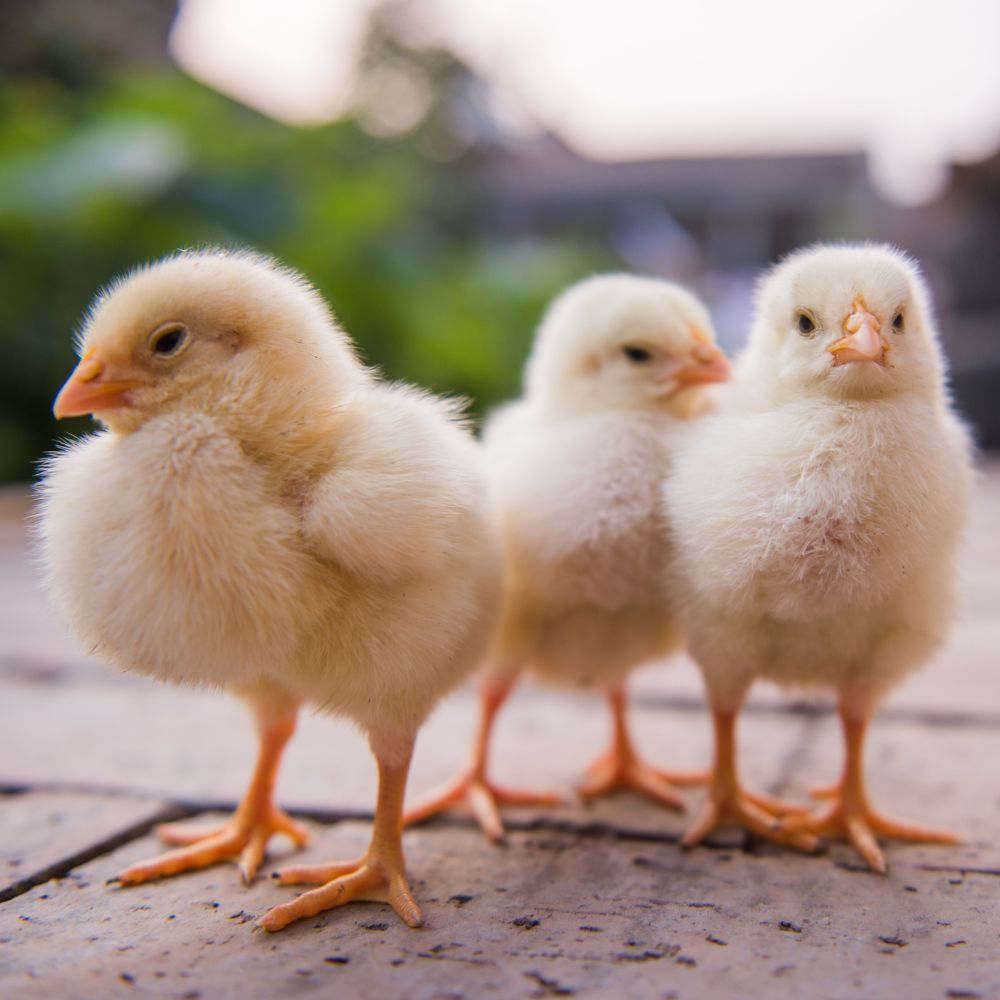
Table of Contents (Quickly Jump To Information)
6 Ways to Sex Baby Chicks
#1 Check The Vent
Now, before I explain this one, let me state for the record that unless you’ve gone through extensive training to vent sex chickens to tell if your chick is a rooster or a hen, I suggest skipping this route just to be on the safe side.
Vent sexing involves turning the chick upside down and squeezing out feces (if needed) and then checking the vent area (also known as the cloaca area) for male or female “parts,” and it’s the only 99.9% surefire way to tell if your chick is a rooster or a hen.
However, as you can imagine, this is fairly invasive, and you could possibly permanently harm or kill your chick – so I would leave this method to the experts (a chick sexer). Hatcheries are pretty accurate because they use this method.
Professionals who sex chicks for a living go to school for years to learn how to do it properly. As far as accuracy goes, this is the real deal.
#2 Look at Combs & Wattles
While this is definitely not a 100% sure way to tell a rooster from a hen (some roosters are pretty androgynous and some hens like to crow), I’ve found it to be pretty accurate.
The photos below are of 2 chicks from the same hatch – both California Whites, the same age, purchased at the same time.
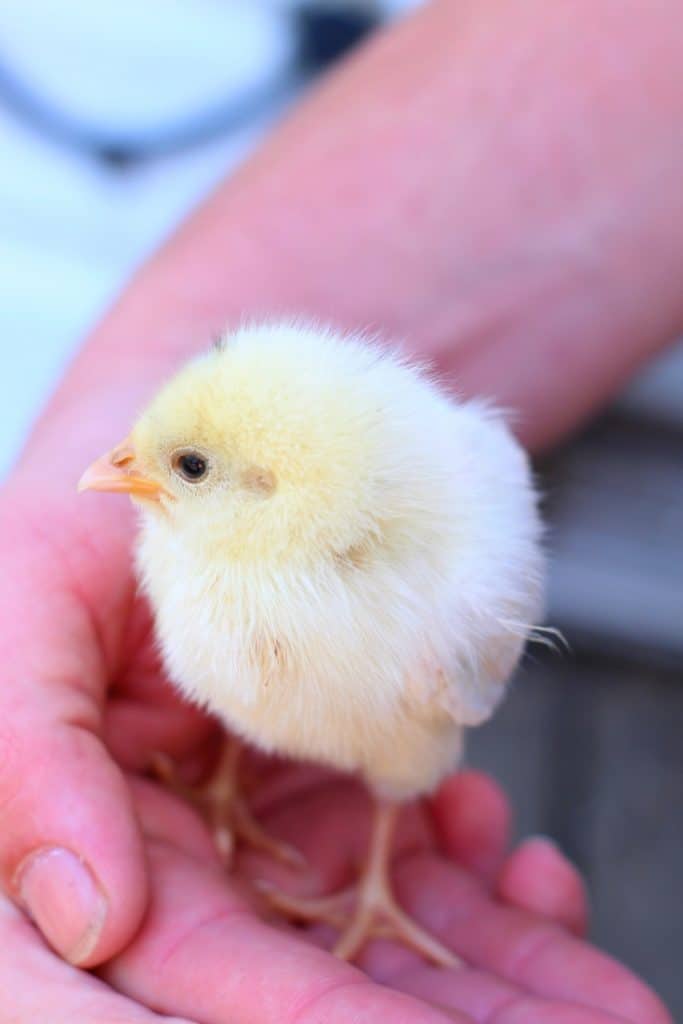
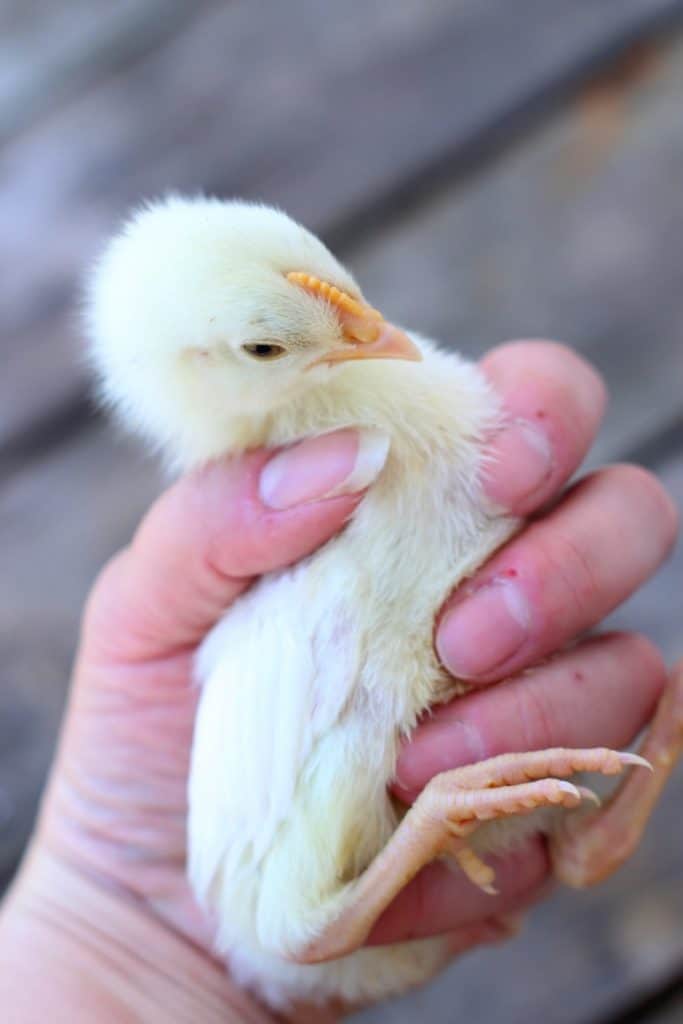
At the time of these photos, these two chicks were about 2 weeks old.
The comb of one chick is more pronounced than the other chick. This is a fairly accurate indicator that the chick with the more pronounced comb is likely a rooster.
Another indicator is the wattles. In young roosters, the wattles grow longer and faster and are a more vibrant red than pullets. So, if you start to notice your chicken’s wattles when they’re fairly young, it’s possible you have a rooster in your hatch!
Note this only works with breeds that grow regular combs – pea comb breeds might not exhibit these characteristics at a young age. Rose combs are flat and bumpy as opposed to tall and floppy.
- OUR MOST POPULAR CHICK STARTER!$26.99Herbal Non-GMO Chick Starter & Grower Feed With Oregano & Garlic10 POUNDS✔️ 18% PROTEIN SUPPORTS GROWING CHICKS✔️ EASY TO RAISE HEALTHY LAYERS✔️ 24 HOUR ACCESS TO BENEFICIAL HERBS LIKE OREGANO & GARLIC✔️ CHICKS LOVE IT!
#3 Watch Feather Growth
Feather growth is another way you can try to sex baby chickens. Female chicks (pullets) grow feathers faster than males (cockerel). Learn more about chicken feathers here.
This only works for about the first 3 days of life – after that, the feather growth on each chick will be about the same.
Pullets in some breeds grow their primary feathers faster, so their secondary feathers will be shorter. Young roosters will have feathers about all the same length. For the ultimate fluffy feather growth try this!
You can see more in this video right here:
Feather sexing is also sometimes breed-specific, so if you don’t notice some chicks growing feathers faster than others, don’t worry, you still might have pullets!
Once the chicks are older, about 12 to 16 weeks, you’ll also start noticing young roosters develop saddle feathers. Hens don’t have saddle feathers. If you don’t know what I’m talking about, saddle feathers are near the tail and they are long, pointed feathers that resemble a saddle appearance.
Saddles aren’t the only fun feature of a rooster though. They also have hackle feathers, which are long feathers around their necks. Roosters are sounding a bit like cowboys at this point!
Some people are good at determining gender by wing feathers too. When you fan out their wings, male’s wing feathers will be straight in a line, and females will have long and short alternating points. But you have to do this for day-old chicks (or at least within the first couple of days). This is called wing sexing.
Here are more tips on caring for new chicks.
#4 Down Color
Some breeds will produce chicks with different colors of down or different markings based on their sex.
For example, Black Sex Link and Red Sex-Linked chicks (pullets) will have different markings than roosters of the same breed. This is a characteristic selected for by breeders so they can tell the sex of the chicken right after it hatches.
One such match that will produce sex-link chicks is crossing a Rhode Island Red rooster with a Barred Rock hen.
In this cross, male chicks will have a white spot on their head while female chicks will be solid black.
Sex link chickens don’t necessarily breed true – so if you cross a black sex link rooster with a black sex link hen, there’s no guarantee the resulting chicks will also be sex linked.
This is, again, breed specific – so it will only work with chicks of certain crosses.
#5 Examine Behavior
Now, this is just drawn from my own personal experience, but I believe you can also start to tell the sex of baby chicks based on behavior.
Naturally, this isn’t universal, and pullets might exhibit some of the behaviors we’ll discuss, but I’ve noticed over the years that roosters will do some things that pullets naturally won’t.
These are the stink eye and fighting. Don’t laugh too hard, it’s been true more often than not.
Now let me explain. The stink eye is when you look at a chick, and they look up at you, cock their head to one side, and stare you straight in the eye.
I’ve noticed it’s typically roosters that are this bold. Pullet chicks tend to not be so aware of their surroundings and often look to other chicks for behavioral guidance and security.
I’ve noticed this in many different hatches over my chicken raising years, and it’s a clue I regularly rely on to determine the sex of baby chicks.
You might also notice some chicks fighting earlier in their lives than others. For example, you might notice them flying up at each other, bumping chests like football players, then going back to their corners.
In my experience, these are young roosters testing their strength against other roosters.
#6 Listen For Crowing
Something else you might notice is young chicks testing out their lungs. Young roosters will sometimes crow very early in life – as early as 4 weeks in some cases.
While there ARE hens that’ll crow, it’s not usual, so if you notice your chick trying to make a little baby crow (maybe succeeding, maybe not!), you might just have a young rooster on your hands.
While nothing will ever be 100% certain except vent sexing, hopefully now you no longer wonder how to sex baby chicks!
Summary
Now you have 6 (or at least 5) methods to sex your chicks! Try it out and make a journal to keep track of your successful guesses! It will be fun and help you figure out what works best for you.
More Tips on Raising Chicks
- Help Chicks Transform into Healthy Pullets with These Pro Tips
- Why You Should Keep Chicks in the House
- How to Raise Chicks Naturally
Maat van Uitert is a backyard chicken and sustainable living expert. She is also the author of Chickens: Naturally Raising A Sustainable Flock, which was a best seller in it’s Amazon category. Maat has been featured on NBC, CBS, AOL Finance, Community Chickens, the Huffington Post, Chickens magazine, Backyard Poultry, and Countryside Magazine. She lives on her farm in Southeast Missouri with her husband, two children, and about a million chickens and ducks. You can follow Maat on Facebook here and Instagram here.

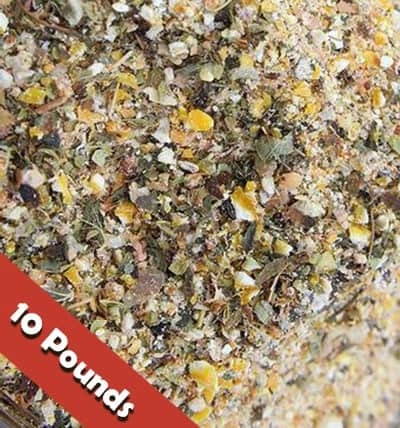

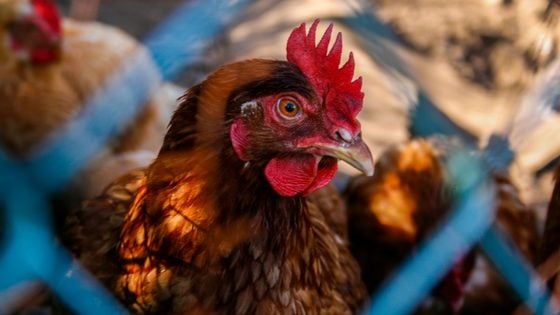

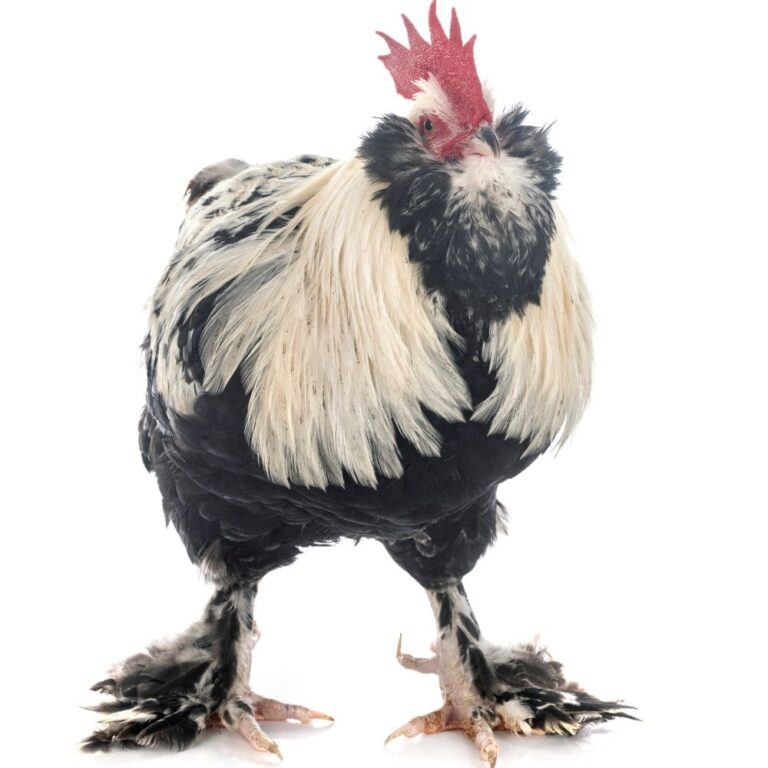
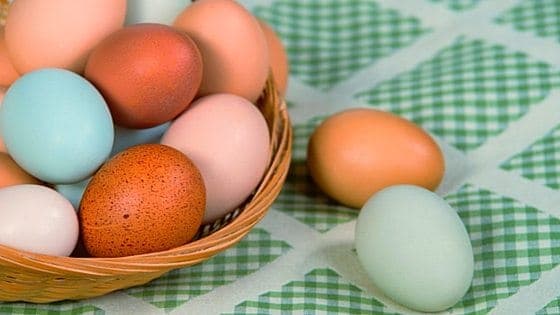
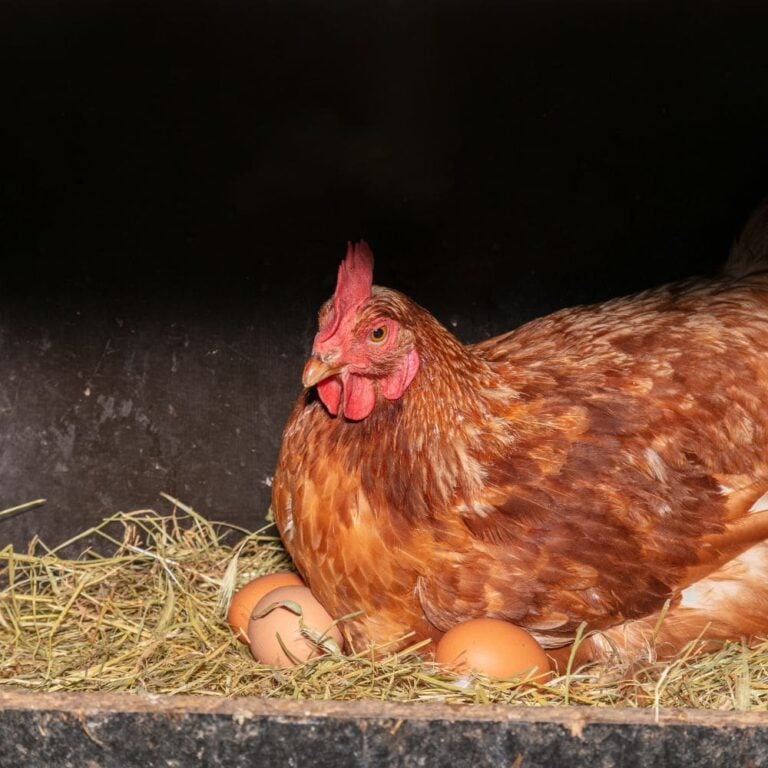
I found this article interesting even though it’s been awhile since I’ve had chickens. I really like your writing style. You keep it simple but totally informative. I love the subjects you choose. I first learned of you in the back to basic workshop. (I’m pretty sure anyways). I find myself smiling for no dang reason after reading your blog. I wanted to say thanks and to tell you how great you are..
Thank you! I’m glad you enjoy my site!
I have 3 silkies any idea how to tell their sex.
Silkies are difficult, but the ideas in this article apply pretty much to all types of chickens.